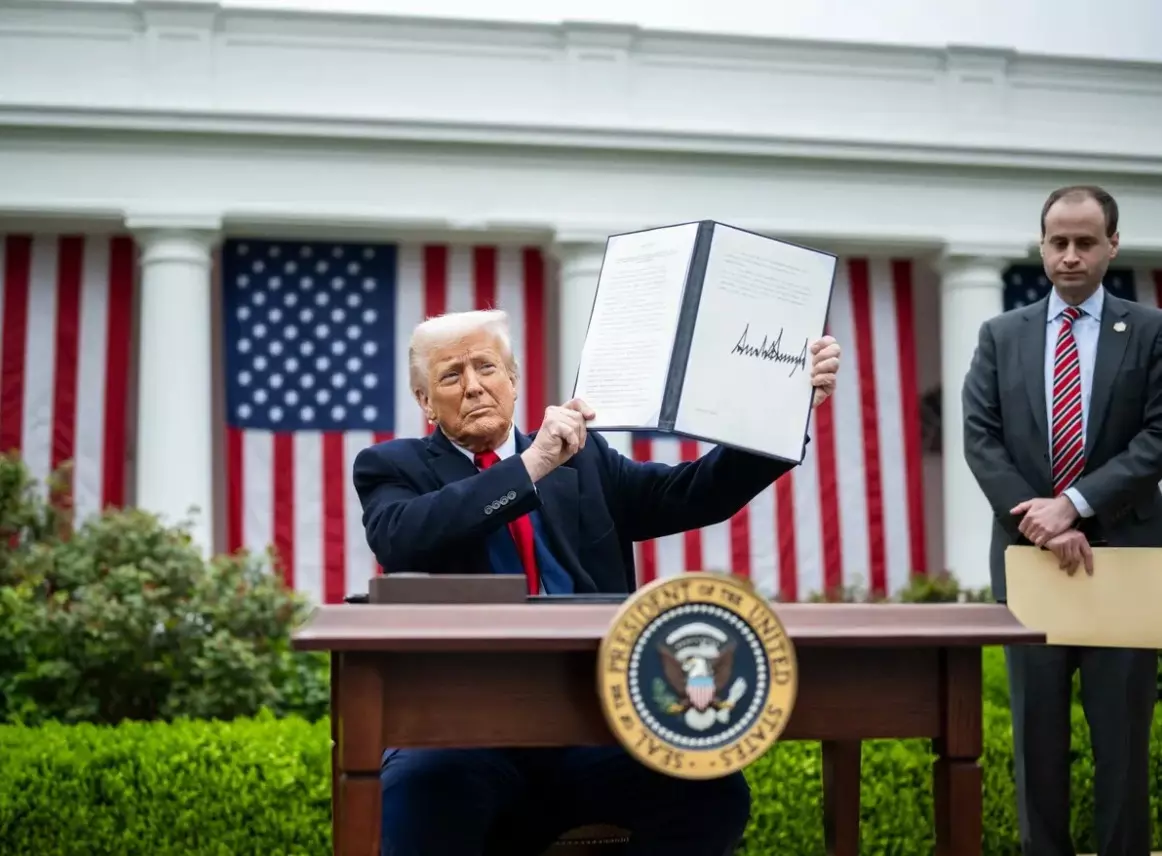Seven-Year Itch
Friction that began as a dispute over steel and aluminium levies during Trump’s first term has excalated into a clash that now threatens to recast Indian exports

“History shows us that one tariff
begets another, and then another,
until you have a full-blown trade
war. No one ever wins and the
consumer always gets screwed.”
— Mark McKinnon
The seven-year itch, said to be vicious on marital bliss and longevity, has hit the US-India love-fest. Tariff frictions between India and the United States, which began as a dispute over steel and aluminium duties in 2018 (during Donald Trump’s first term), have escalated into the defining economic battle of 2025. For India’s exports, it is a clash that threatens to recast intrinsic foundations. Already, tariffs on India have been raised from 25 per cent to 50 per cent, thanks to the ‘Discounted Russian Oil Imports Penalty’. Now, the spectre of a crippling 70-per cent levy hangs in the air.
With so much at stake, the standoff exposes very structural questions. Is India’s private sector paying the price of its own home-grown protectionist comforts? Why is Washington wielding tariffs not as an economic remedy but as a geopolitical weapon to punish India for its Russia oil romp? Most important, can a middle-path still be reached, if only to minimize long-term damage?
The tremor-causing tariffs didn’t come from nowhere. The 2018 US decision to impose tariffs on steel (25 per cent) and aluminium (10 per cent) for the sake of ‘national security’ was just an opening salvo. India, like many others, was caught in the net unawares. In 2019, India also lost its preferential access under the Generalized System of Preferences (GSP), stripping billions of dollars of exports of ‘duty-free’ status. This involved more than money. It exposed a breakdown of trust, narrowing India’s competitive advantage and raising questions on whether the US still saw India as a ‘Special Trade Partner’.
Tariffs Getting Political
In 2025, the tariffs have taken on a political hue. President Trump, enjoying the leverage sword more than trade spreadsheets, has doubled baseline levies on India, weaving purchases of Russian oil into the equation. While White House gentry reiterates the logic of this ‘secondary sanction’ disguised as a tariff, the rest of the world knows it is provocative. India’s refining and re-export of oil mocks Western sanctions, the US claims, and Treasury Secretary Scott Bessent says “India’s richest families are guilty of profiteering from Russian oil”. The bluntness of the accusation shows that the possibility of tariffs jumping to 70 per cent is not an idle threat, as US officials have hinted that unless India tapers off its energy ties with Moscow, tariffs will keep rising.
For India, linking energy security and trade penalties is unfair. India’s Russian crude imports since 2022 were essential for it to defuse inflation in a fragile post-COVID economy. India has always maintained a neutral stance on Ukraine, refusing to endorse Russia but declining to join Western sanctions too. “We have to prioritize our national interests in energy security,” India has said.
On-ground damage is mounting. Two-thirds of India’s exports to the United States will be exposed to the 50-per cent tariff wall, with labour-intensive sectors likely to be hit the hardest. Textiles and apparel, gems and jewellery, auto components, seafood and agri-exports are reeling. The pain is not evenly spread, but concentrated in urban employment belts and small-firm supply chains. Diamond polishing units in Surat face cancellations, apparel clusters in Tiruppur and Noida struggle with lower margins, and seafood exporters complain of losing marketshare to Indonesia and Vietnam. “This is not a trade story alone, it is a jobs crisis in the making,” an economist warned.
Trump is Leveraging Away
Washington sees the tariffs as leverage, not punishment. Top US officials say India refining Russian crude into diesel and jet fuel amounts to a circumvention of sanctions. By imposing tariffs, the US feels it is forcing India into a tough place—choosing either cheap oil or easy access to the US market. The strategy is risky. Tariffs are effectively a tax, and tariffs imposed for geopolitical goals will end up raising costs for American consumers, while also inviting retaliation. In an interconnected and shrinking global supply chain, tariffs seldom stay contained; they ricochet across geographies, investments and allies.
What makes India’s predicament complex is its political economy. For decades, it has shielded its private sector through tariffs, subsidies and regulatory sops. From high levies on auto and electronics imports to subsidies for fertilizers, power and credit, policy has protected profitability, rather than expose Indian firms to global competition. While this created robust balance sheets, it left companies underprepared for global tariff shocks. There’s an irony here—the very insulation that sustained profitability at home has made exports appear artificially cushioned overseas, invoking foreign wrath.
The pattern is clear. While corporate earnings in India remain strong, exports are faltering. The World Trade Organization’s monitoring report says India’s textile exports have slid behind competitor nations like Bangladesh and Vietnam, partly because high tariffs wipe out the cost advantages that Indian firms have enjoyed. The lesson is simple. Profitability gained through protection at home does not always translate into competitiveness abroad. In fact, it can do the opposite.
No Easy Ride for the US
For the US too, the path ahead is fraught with risks. Weaponizing tariffs can undermine the credibility of American statecraft. Already, US importers of Indian goods are protesting, arguing that higher costs erode competitiveness and drive inflation. Also, if India retaliates through counter-tariffs, regulatory hurdles for US firms or diversion of trade to Europe and Asia, the US may face a sharp whiplash. “This is the danger of conflating foreign policy with trade,” analysts say. “If tariffs are used as tools for non-trade objectives, they will be less effective in securing their original economic goals,” the add.
Both sides still have room to climb down. India is clearly open to discussions on narrowing trade irritants, provided the US delinks tariffs from Russian oil. The US, in turn, has left the door open for conditional relief, but only if India demonstrates concrete steps to diversify its energy purchases. It is time for a pragmatic bargain—tariff rollbacks in exchange for commitments on energy diversification, and greater US market access. But trust has grown fragile. And with elections approaching in the US, Donald Trump may prefer the optics of toughness over compromise.
For India, capitulating on Russian oil is tough, as it would mean undermining its energy sovereignty, a step no government can take. The alternative is diversification. Some see this moment not as a dead-end but as a catalyst for deeper reforms—lower logistics costs, simplified customs procedures, easier contract enforcement and rationalized tariff complexity. It could also mean expanding trade ties with South-East Asia, Africa and Latin America to ditch dependence on any single market (read ‘the US’).
The Stakes are Really High
If tariffs rise to 70 per cent, the political-economy calculus will shift. The cost shock may be too great for exporters to bear, with India’s strategy of shielding domestic profitability being tested. It is a tough call. The longer Indian firms rely on insulated home markets, the less resilient they will be in the global marketplace. There is a corollary. The more the US abuses tariffs, the greater the risk of alienated partners and rising consumer costs. In the end, both sides risk losing credibility. Thus, this battle is not about trade or geopolitics; it is about the sustainability of development models. For now, the two nations remain locked in a high-stakes game, with exporters and consumers holding the candle.
End of day, tariff wars are a beastly tale of how domestic political economy choices and foreign policy gambits can collide to create damage. Both the US and India have a lot riding on this particular horse. The road to resolution may lie not in emotional retaliation, but in deft reform and tailored policies. The caveat is that resolution is needed quickly. Desperately. If both sides dig in their heels, the cost of this trade war will rise. And soon, neither will be able to pay the asking price.
The writer can be reached on [email protected]. Views expressed are personal



